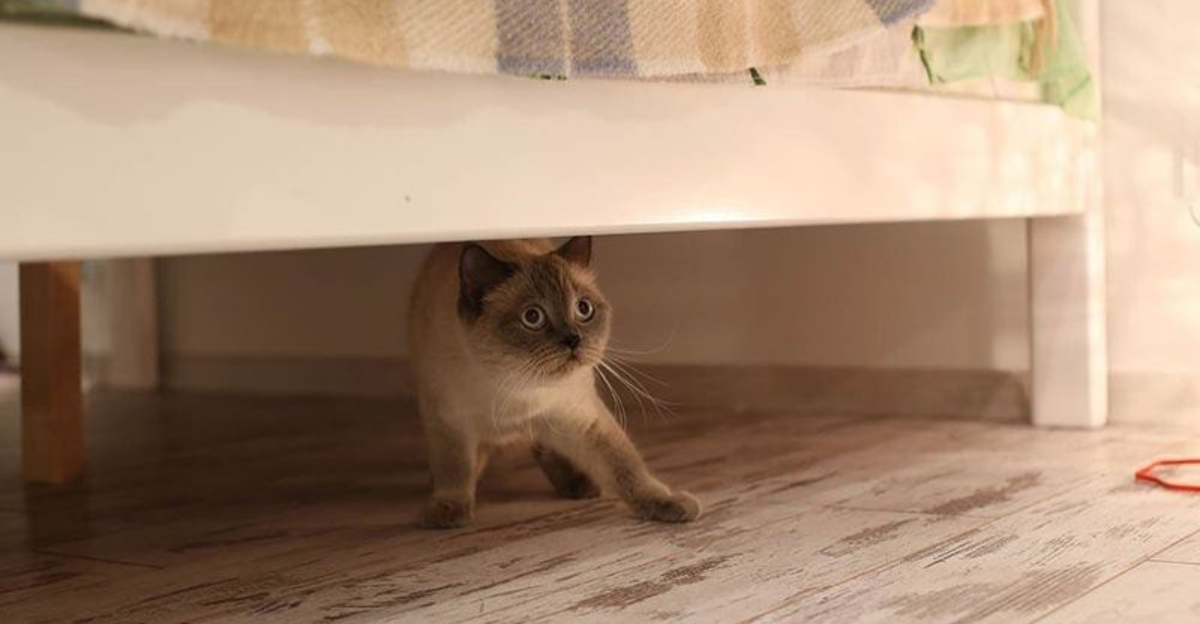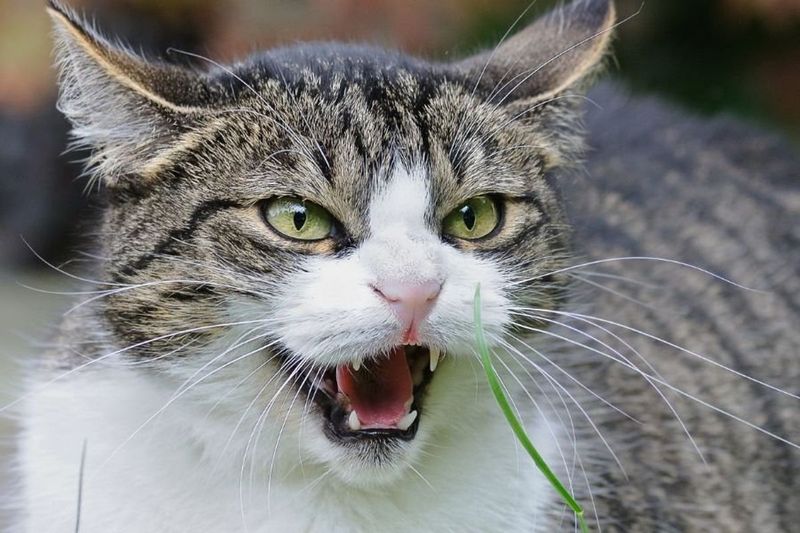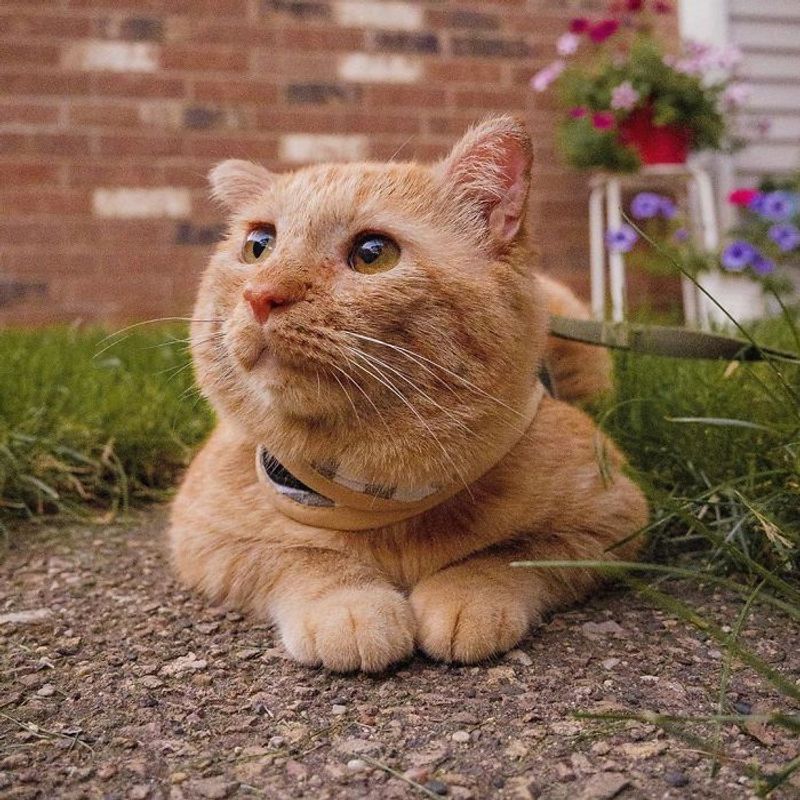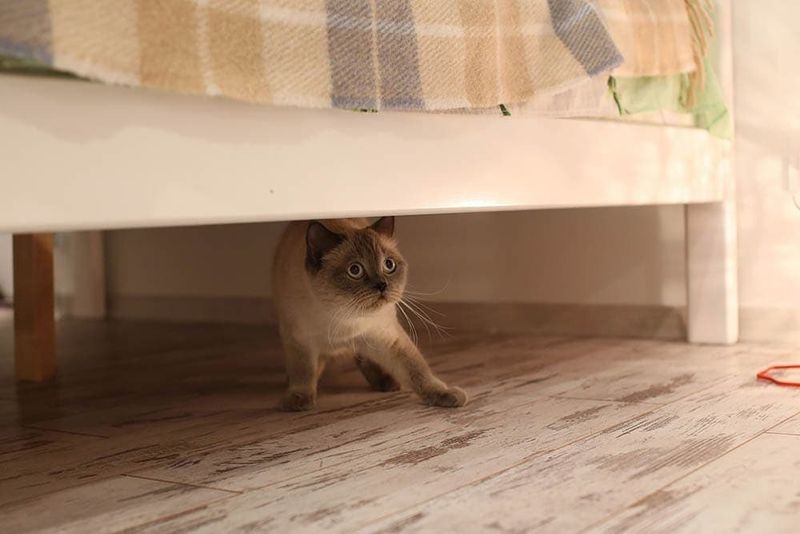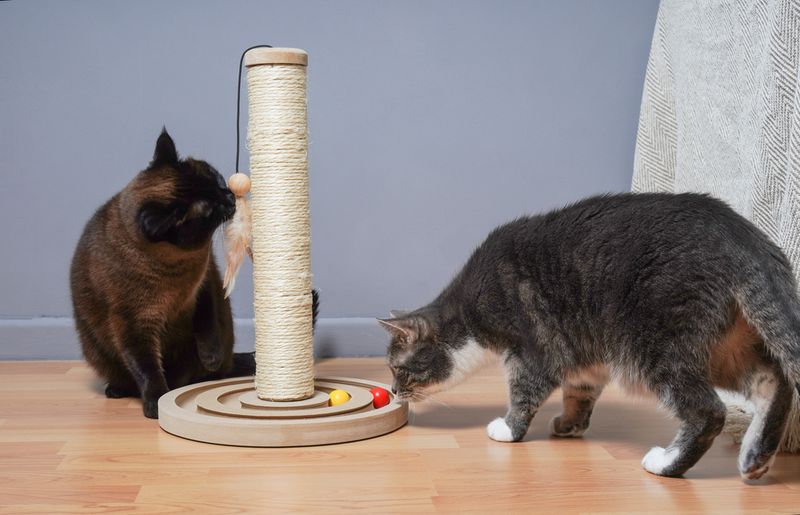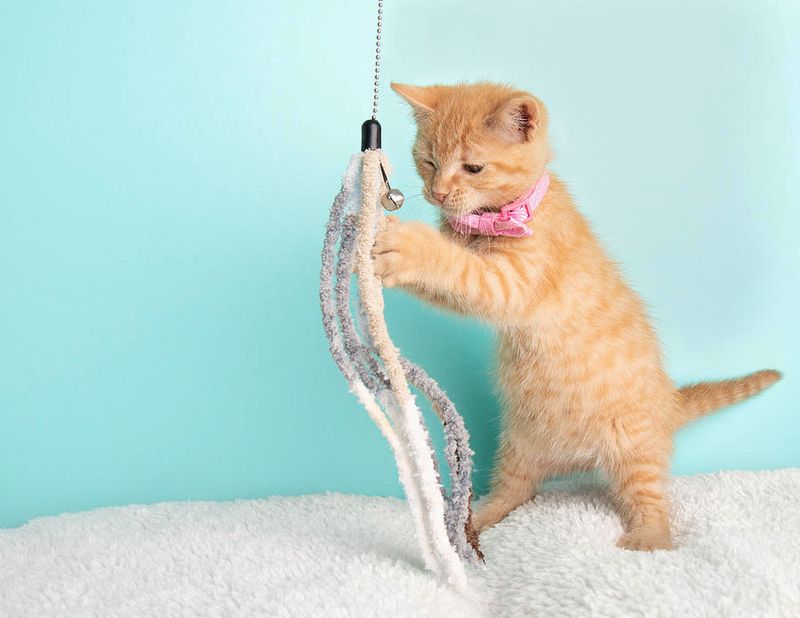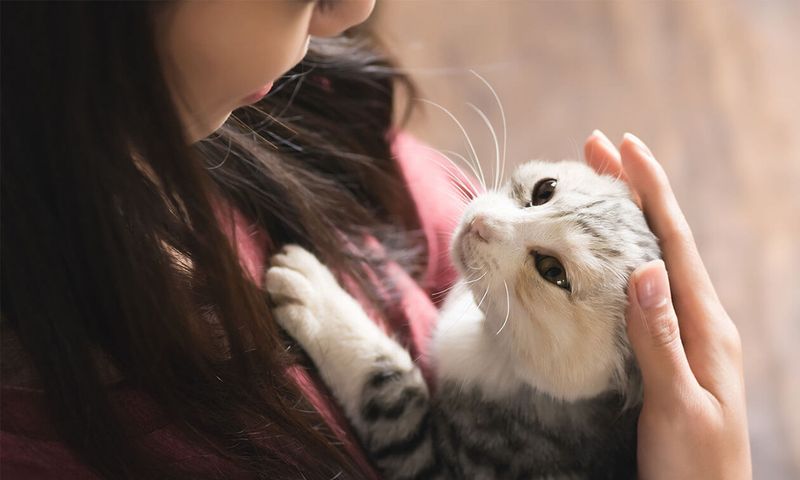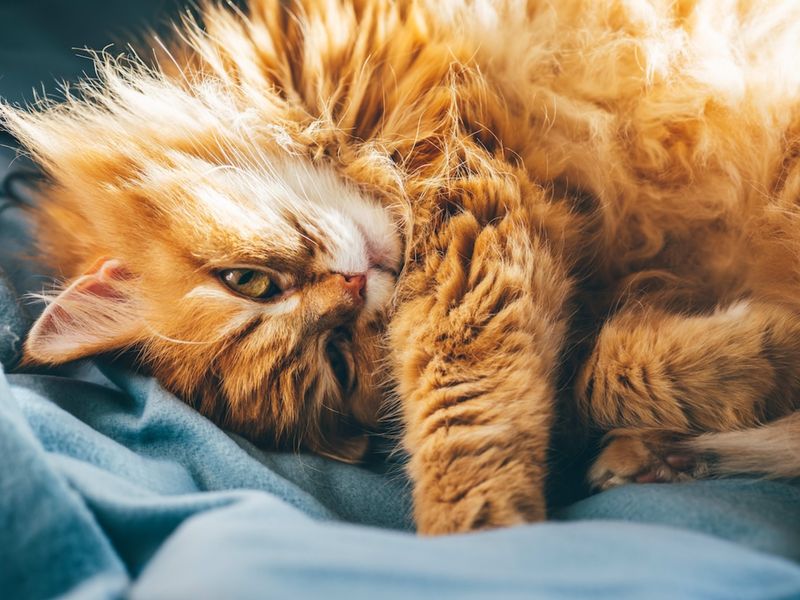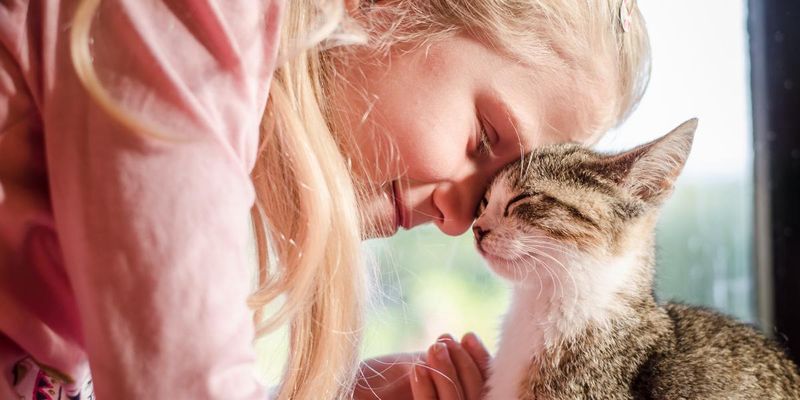📖 Table of Content:
Bringing a rescued cat into your home is one of the most rewarding experiences you can have as an animal lover. But along with the cuddles and companionship comes a journey of emotional healing—for both of you. These cats often carry the weight of past trauma, neglect, or abandonment, and adjusting to a new, safe environment can be both beautiful and challenging. Understanding what’s going on inside their hearts is key to helping them feel secure, loved, and truly at home.
Unlike cats raised in stable homes, rescued cats may not display affection right away. Their emotional reactions can be complex, layered, and sometimes surprising. You might see fear, hesitation, or even moments of sadness—but these are not signs of failure. They’re signs of a cat who’s been through a lot and is slowly learning how to trust again. Each reaction, whether shy or sweet, tells a story—and your job as their new human is to listen with patience and empathy.
In this article, we’ll explore eight emotional responses you might witness in a rescued cat. From the initial wariness to the heart-melting signs of trust, these behaviors will help you better connect with your new feline friend. By learning what to expect, you’ll be more prepared to offer the care and reassurance they need—and you’ll be well on your way to forming an unbreakable bond.
1. Defensiveness or Aggression
At times, rescued cats respond with swats, hisses, or even bites. This isn’t a sign of a “bad cat,” but a scared one who’s had to defend itself in the past. Their body language—arched back, puffed tail, or flattened ears—speaks volumes about their emotional state. Rather than scolding, try to understand the root of their reaction. Respecting their boundaries is crucial in building trust. Over time, as they realize no harm is coming their way, their defensiveness typically fades. A safe, quiet space to retreat to can help them feel more secure. Little by little, that wall of self-protection begins to come down.
2. Sadness or Withdrawal
Sadness in rescued cats can show up as lethargy, lack of appetite, or avoiding social contact. Much like humans, they may mourn lost connections, routines, or environments. You might see them curled in corners, staring into space or refusing to engage with toys or food. While heartbreaking to witness, it’s important to be patient and gentle. Soft speech, slow movements, and a calm environment can work wonders during this phase. Daily rituals—like feeding at consistent times—can create a sense of safety and predictability. Often, simply sitting nearby without forcing interaction can help them begin to feel your presence as comforting. With nurturing care, this fog of sadness starts to lift.
3. Fear
Fear is often the first emotion you’ll notice in a rescued cat. With wide eyes and a tense body, they may dart under furniture or freeze in place when approached. It’s not personal—they’re simply trying to protect themselves from what they perceive as danger. Loud noises or sudden movements can send them into hiding for hours. Giving them space and time is essential in these early stages. Instead of forcing interaction, let them observe you from afar and come closer at their own pace. Slowly but surely, consistent kindness will chip away at their anxiety. Eventually, the trembling will ease, and those frightened eyes will start to soften.
4. Cautious Curiosity
Curiosity, even in its most cautious form, is a beautiful turning point. A peek from behind the couch or a few tentative steps into a new room show a cat beginning to wonder. They might circle you slowly or watch with alert but not fearful eyes. Providing toys or treats nearby can encourage more exploration. Let them investigate at their own speed, resisting the urge to rush physical contact. Curiosity means they’re considering trust, and that’s a huge milestone. You’ll often catch them watching you closely, learning your habits and voice. In these small gestures, they begin to rebuild confidence in their environment.
5. Playfulness
Play is a powerful emotional release and a sign of healing. When a rescued cat starts chasing a feather wand or attacking a paper ball, it means they’re feeling safe enough to let go. Their body moves freely, tails twitch with excitement, and sometimes you’ll even hear happy chirps or trills. It’s a moment to celebrate, as play is linked to both joy and trust. Engage gently at first to avoid overstimulation. Interactive toys can also deepen your bond and provide mental stimulation. Watch how their eyes light up—this is their way of rediscovering fun. The more they play, the more their true personality begins to shine.
6. Clinginess or Attachment
Unexpectedly, some rescued cats become intensely attached to their new humans. They may follow you from room to room, meow when you leave, or constantly seek lap time. This behavior often stems from deep emotional need—a longing for stability and love. It can feel overwhelming at times, but it’s a testament to how much they want to connect. Establishing a routine helps reassure them you’ll always return. Over time, their dependency may mellow into steady companionship. Be gentle with boundaries while still showing affection. That clinginess, though intense, is often a cry for love—and you’re their safe place now.
7. Contentment
Contentment in a cat is a quiet, powerful thing. You’ll notice it in the way they stretch out for a nap in a sunny spot or groom themselves while lying near you. Their breathing is slow, their body relaxed, and their purrs may rumble softly. These moments are gold—they’re the payoff for all your patience and love. Providing a warm, safe environment nurtures this emotional state. It’s often accompanied by soft eye contact or slow blinks—both signs of comfort and affection. A cat at ease is a cat that feels safe. And that contented sigh? That’s their way of saying thank you.
8. Affection and Bonding
Affection from a rescued cat feels incredibly special. When they rub against your legs, curl into your side, or nudge your hand for pets, it’s a sign they’ve chosen you. These gestures mean more than just seeking warmth—they’re emotional investments. Cats bond deeply once trust is established, and they don’t give that love lightly. You may even notice them bringing you “gifts” or sleeping on your belongings. Returning that affection through gentle touch and soothing voice helps deepen the connection. Some may even knead you or gaze lovingly in your direction. It’s a quiet, steady love—but once it’s there, it’s lasting.
